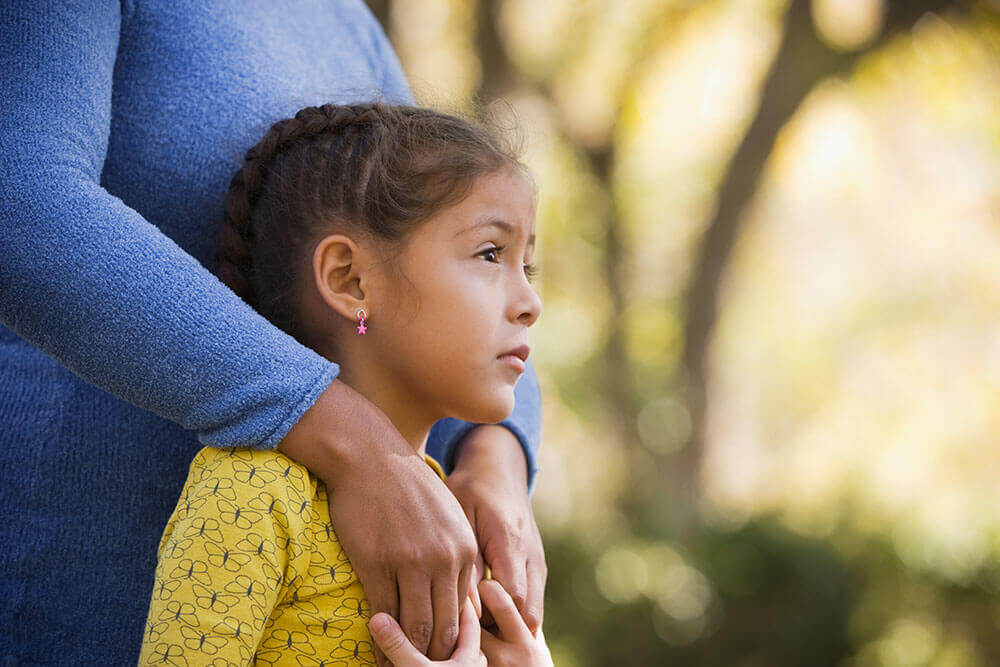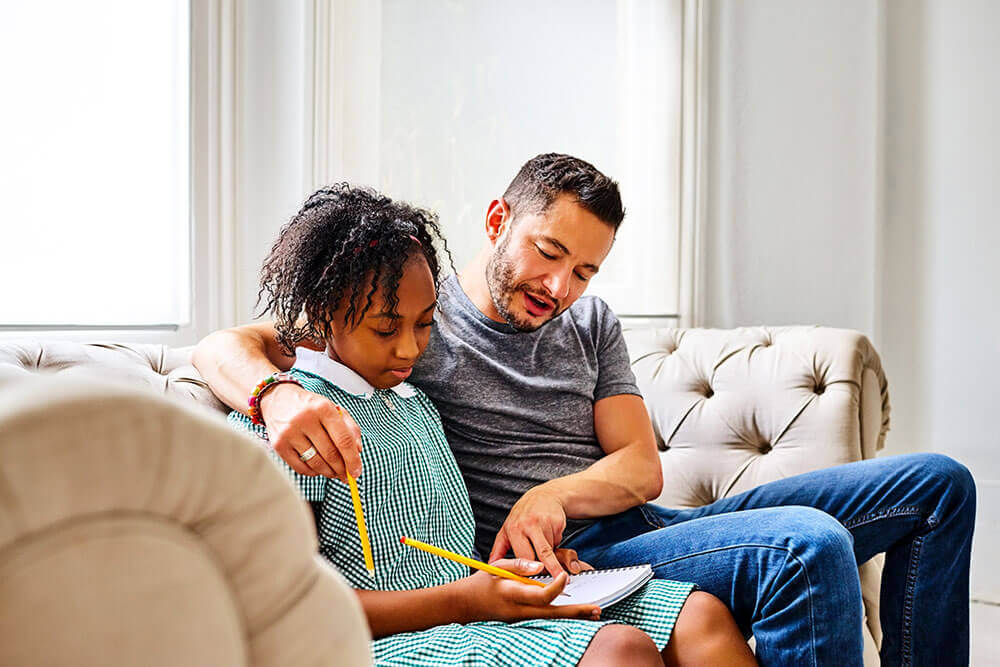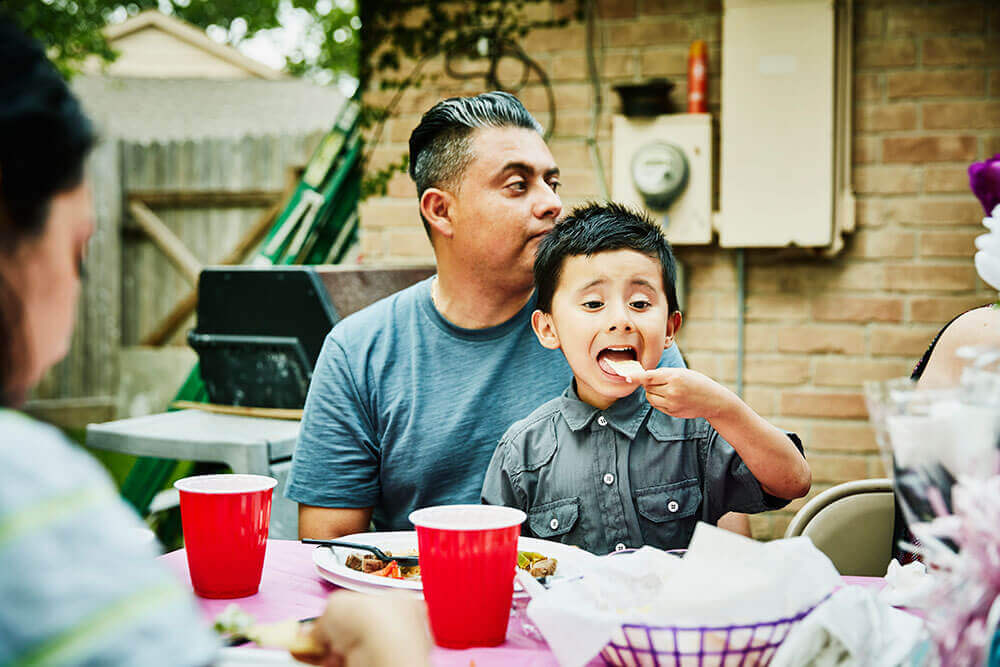How to Get a Family Member Child From Dcfs
Emergency Removal

If it is determined that your child must be immediately separated from you because they need immediate medical care, have suffered, or may suffer serious damage, they will be placed with a social worker or a peace officer.
"Serious harm" may come to the kid if any of the post-obit occurs:
- A parent or person who has custody fails to provide proper intendance or supervision.
- A child is not given adequate food, shelter (abode), habiliment or medical care.
- A kid is suffering severe emotional damage.
- A child'due south home is unsafe considering of neglect, cruelty, physical abuse, sexual corruption, emotional corruption or medical fail past a parent, guardian or someone else in the home.
Whenever possible, your child will be placed with a responsible relative or non-related extended family unit member. They may as well be placed in a licensed foster habitation. The accost of the foster habitation is confidential and cannot be disclosed without a court order unless the placement authorizes the disclosure. You lot volition exist given the telephone number where your child can be contacted within five hours after your child has been taken into custody.
Out-of-Abode Placement

All foster parents and relative caregivers must go through the Resource Family Approval (RFA) process to ensure that they are able to safely and effectively look after the children in their care.
DCFS will brand every effort to ensure that siblings who must exist placed in out-of-dwelling care remain together in the same housing placement.
Relative Caregivers
Whenever possible, DCFS seeks to place children with a family member or a non-related adult close to the child (called a "nonrelative extended family member") to provide as much stability and familiarity for your child as possible. Be certain to tell DCFS most any relatives or friends who you believe are able to safely treat your kid.
Relative Caregiving
Foster Care
If no relative or friend is able to intendance for your child, they will be cared for by a canton certified foster parent, also known every bit a Resources Family, or in a communal living setting, known as a Short Term Residential Handling Program (STRTP).
Resource Families
Foster Families, too known as resource families, have completed a groundwork check, home environs cess, psycho-social assessment, and take received grooming in how to temporarily care for the children who are placed with them.
These resource families are informed that they are non the child'south parent, just instead a temporary caregiver responsible for the kid's well-being while their parents are working to reunify their family.
Resource Families
Short Term Residential Treatment Programs
California's Continuum of Care Reform (CCR) recommends that foster children and youth remain in a family setting while they are separated from their parents whenever possible. However, for children who require intensive support and cannot be placed in a family-based setting, STRTPs provide brusque-term, loftier-quality, intensive therapeutic intervention services. STRTPs are not considered long-term placement options. All services are designed to stabilize, back up and transition children and youth into a family unit setting when they are prepare.
Visitation

When your kid is placed in out-of-home care, you are entitled to regular telephone contact with them as long as that contact is not detrimental to your child. Your first phone call will be within 5 hours of your child being removed from their home. Children older than 10 years take the correct to make at to the lowest degree two phone calls to parents in the presence of DCFS staff within one hour of being removed from their dwelling. So, if it is prophylactic for the child, in-person visits will exist arranged according to your Family Visitation Plan.
Afterwards your case is heard in Juvenile Dependency Court, the court will determine how often, and under what circumstances, you are able to visit your child while you are working toward reunification. These visits may exist supervised, depending on the specifics of your case.
Your kid's case worker is critical in making recommendations for these visitations, so it is of import to work with the instance worker to institute and adhere to the Family Visitation Plan established early on in the procedure. Learn more about the function of juvenile dependency courtroom.
If you are non getting the court-ordered visitation with your kid that you are entitled to receive, contact your attorney to ensure that your visitation terms are honored.
When a teen parent in foster care has custody of his or her not-dependent child, the court can only order visits between the teen parent, their parent(s) and advisable family unit members. A dependent teen parent who has custody of their non-dependent child is the only person who has the correct to brand visitation decisions regarding the non-dependent child.
The Incarcerated Parents Program (IPP) facilitates visitation between women who are incarcerated at the Century Regional Detention Facility (CRDF) and their children in out-of-home placement.
The plan is open to incarcerated mothers with children between the ages of 0-21. Mothers must accept a electric current open Family Reunification Plan with DCFS, and not accept a "stay away" or restraining club in criminal or juvenile dependency court, in gild to participate.
IPP helps ensure incarcerated parents consummate whatsoever court-ordered programs, acts equally a liaison between social workers and the incarcerated parent and helps meliorate outcomes for released parents through resources referrals and supportive services. IPP is available on a first come up, first served basis.
Path to Reunification

Later your child is placed out-of-abode, your case worker will help y'all develop a Family Reunification plan with clear goals, a visitation schedule, and other steps you must take for the court to determine that your kid can safely live with you.
Information technology is very important to follow the example program developed for y'all and your family. Comply with all courtroom orders, follow the advice of your chaser, attend all the programs and services and report your progress in the programs to your social worker and attorney. The faster you complete the programs, the faster you will become your child back.
Family Reunification
More Data
Source: https://dcfs.lacounty.gov/parents/child-placement/
Post a Comment for "How to Get a Family Member Child From Dcfs"